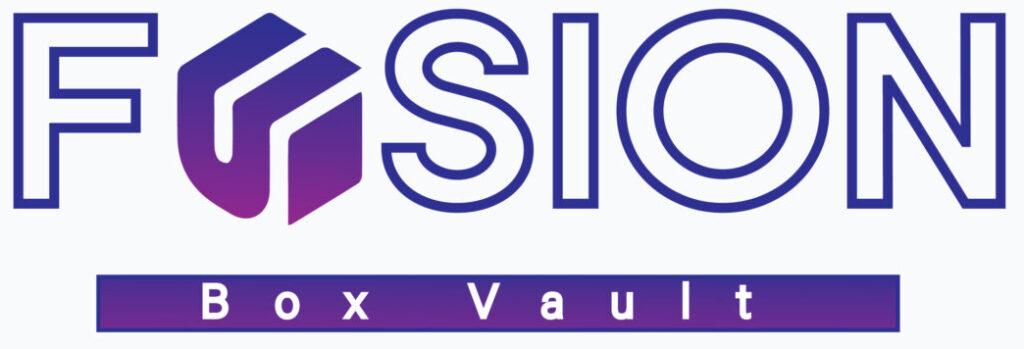Introduction
Packaging is more than just a protective covering for your products. It plays a crucial role in branding, customer perception, and overall product success. Whether you sell food, cosmetics, electronics, or any other product, choosing the right packaging can make or break your business. In this comprehensive guide, we will walk you through the essential factors to consider when selecting packaging that enhances your brand and protects your products.
Why Packaging Matters
- First Impressions Count: Packaging is the first thing customers see when they receive a product. A well-designed package creates a lasting impression.
- Brand Identity & Recognition: Your packaging should reflect your brand’s values, colors, and aesthetics to help customers recognize and remember your brand.
- Product Protection: The right packaging keeps your product safe from damage during storage, transportation, and handling.
- Customer Experience & Satisfaction: Easy-to-open, eco-friendly, and aesthetically pleasing packaging enhances customer satisfaction and brand loyalty.
- Sustainability: With increasing environmental concerns, businesses need to opt for eco-friendly packaging solutions that align with consumer values.
Factors to Consider When Choosing Packaging
1. Product Type & Material Selection
Different products require different types of packaging materials. Here are some common materials:
- Cardboard & Paperboard – Ideal for lightweight and eco-friendly packaging (e.g., cosmetics, food, retail products).
- Plastic – Offers durability and flexibility but may not be environmentally friendly (e.g., water bottles, electronics packaging).
- Glass – Commonly used for luxury items, food, and beverages due to its premium look and feel.
- Metal – Used for canned goods and premium packaging solutions.
- Biodegradable & Compostable Materials – Sustainable alternatives that reduce environmental impact.
2. Packaging Design & Branding
Your packaging should align with your brand identity. Consider:
- Color Psychology – Colors influence customer emotions and purchasing decisions.
- Logo Placement – Ensure your logo is prominently displayed to improve brand recognition.
- Typography – Font styles should be legible and match your brand’s tone.
- Visual Appeal – High-quality printing, finishes (glossy/matte), and embossing enhance perceived value.
3. Functionality & User Experience
Customers appreciate packaging that is practical and convenient. Consider:
- Ease of Opening & Reusability – Avoid overcomplicated designs that frustrate customers.
- Tamper-Proof & Secure Packaging – Ensure safety, especially for food and pharmaceutical products.
- Storage & Shelf Life Considerations – Perishable items require airtight and moisture-resistant packaging.
- Portability – Lightweight, compact packaging is preferred for shipping and carrying convenience.
4. Sustainability & Eco-Friendliness
With growing environmental awareness, brands must focus on sustainable packaging options:
- Recyclable Materials – Use packaging that customers can recycle easily.
- Minimalist Packaging – Reduce unnecessary materials to cut waste.
- Biodegradable Packaging – Materials that break down naturally over time.
- Reusable Packaging – Encourage customers to repurpose packaging.
5. Cost-Effectiveness & Budget Planning
While premium packaging enhances your brand, it’s important to balance cost and quality. Consider:
- Material Costs – Choose cost-efficient yet durable materials.
- Manufacturing & Printing Expenses – Custom designs may add to production costs.
- Bulk Ordering Discounts – Larger quantities often lead to lower per-unit costs.
- Shipping & Storage Costs – Lightweight packaging reduces shipping expenses.
Types of Packaging Solutions
Primary Packaging
- Directly holds the product (e.g., bottles, wrappers, pouches).
- Important for maintaining product quality and freshness.
Secondary Packaging
- Groups multiple units together (e.g., cartons, boxes, shrink wrap).
- Enhances protection and branding for display purposes.
Tertiary Packaging
- Used for bulk handling and transportation (e.g., pallets, crates).
- Ensures safe delivery of large shipments.
Trends in Packaging for 2025
- Smart Packaging – QR codes, NFC tags, and AR elements enhance customer engagement.
- Minimalist & Sustainable Designs – Less waste, simple yet elegant packaging.
- Personalized Packaging – Custom prints and messages tailored to customers.
- Innovative Materials – Use of mushroom-based, seaweed-based, and plant-derived packaging.
- Transparent & Window Packaging – Allows customers to see the product before purchasing.
Conclusion
Choosing the right packaging is a critical decision for your brand’s success. By considering product safety, aesthetics, sustainability, and cost-efficiency, you can create packaging that enhances customer experience and strengthens brand loyalty. Whether you’re launching a new product or revamping your existing packaging, make informed choices that align with your business goals and market trends.
By investing in the right packaging strategy, you’re not only protecting your products but also making a lasting impact on your customers and the environment.









